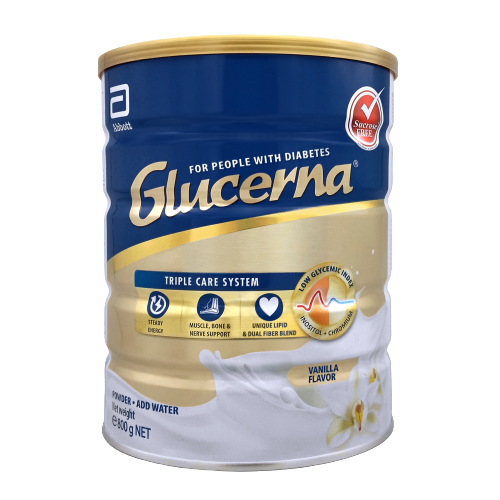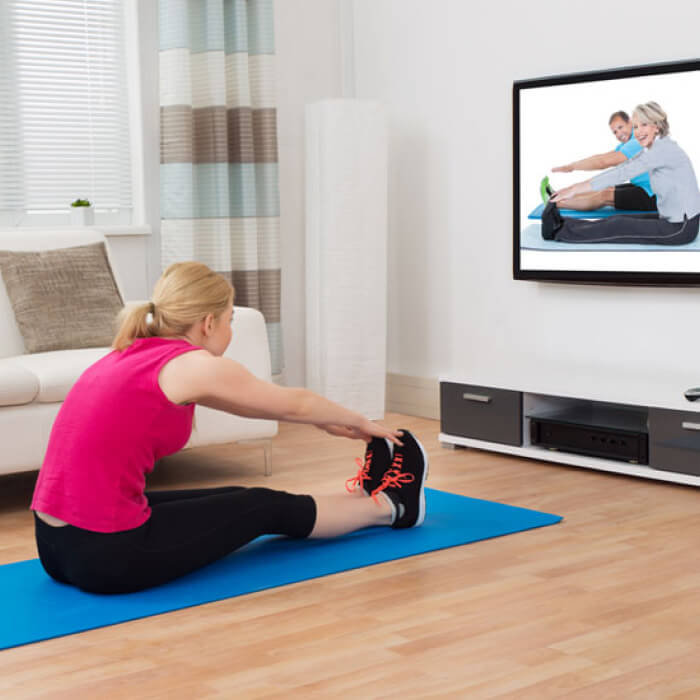Glucerna triple care
- Main Image
-

- Subtitle
- Complete and Balanced Nutrition For People with Diabetes
- Title
- Glucerna® Triple Care
- Detail Page Path
Losing weight is not always easy, but understanding how critical it can be to both preventing and controlling Type 2 diabetes is a step in the right direction. Here are some essential facts to get you started. Remember: slow and steady wins the race.
Here are 10 great benefits of becoming more physically active:
You can probably think of even more benefits, like looking better and being more fit. Just think of what will motivate you to get on your feet and become more active. Your friends, family and caregivers will support and advise you, but you are in charge. If you’re thinking, “Wow, I want those benefits — I want to get started,” that’s great. Desire and enthusiasm make a great “launching platform” for your program. First, consult your doctor and diabetes healthcare team. Ask them to look over your physical activity plan. Your healthcare team can help you reach your health goals safely. This is especially important if you haven’t been active lately. The first week of your physical activity plan is devoted to establishing your baseline. Continue with your usual activities for this week. Next, set SMART goals to gradually increase the number of soft steps and hard steps you take. Lastly, add on other kinds of physical activity as you achieve your initial goals.
Ask yourself, “What do I want to accomplish?” “Have I set the right goals for me?” “How long should I take to reach these goals?” “How will I know when I’ve reached my goals?”.
Experts say that the best goals are SMART goals. They are Specific, Measurable, Attainable, Realistic, and Time-bound. Here are some examples:
Specific: “Each week I will increase the number of steps I take each day by 250” is more specific than “I will increase the amount of time I spend in everyday activities.”
Measurable: “I will increase my daily physical activity by walking an extra 30 minutes a day” is a measurable goal. “I will increase my daily physical activity” is not.
Attainable and Realistic: “I will increase my physical activity by 30 minutes a day by walking at lunch and walking my dog as soon as I get home from work” is a realistic goal. “I’ll go to the gym at 6:30 every morning before I go to work and walk the track for 30 minutes, then do sit-ups, then …” is probably not realistic, at least at the start.
Time-bound: “I will add 5 minutes of walking time each week for four weeks so that I will be walking 30 minutes a day by the end of the month.” That’s a specific, measurable, attainable and realistic, time-bound goal.
SG.2022.29988.GLU.1 (V1.1)

Read to find out more about bone fractures, the under recognized diabetes complication, and how you can better support bone health.

Learn the healthiest and safest way to exercise with diabetes. Here are 9 top tips to help you get started.
You are about to exit for another Abbott country or region specific website.
Please be aware that the website you have requested is intended for the residents of a particular country or region, as noted on that site. As a result, the site may contain information on pharmaceuticals, medical devices and other products or uses of those products that are not approved in other countries or regions.
The website you have requested also may not be optimized for your specific screen size.
Do you wish to continue and exit this website?